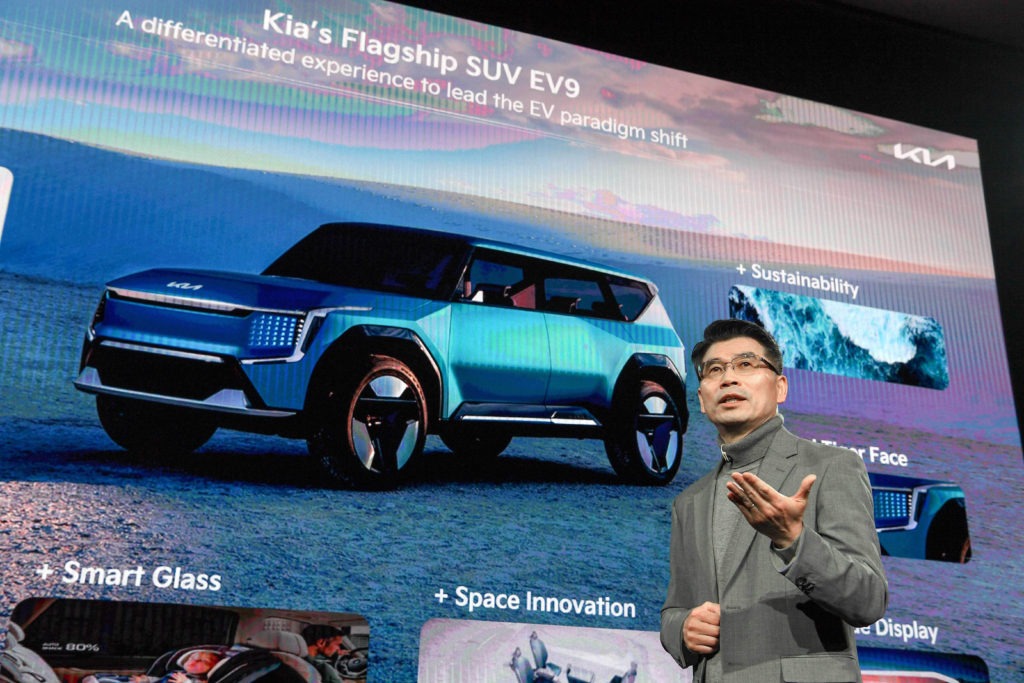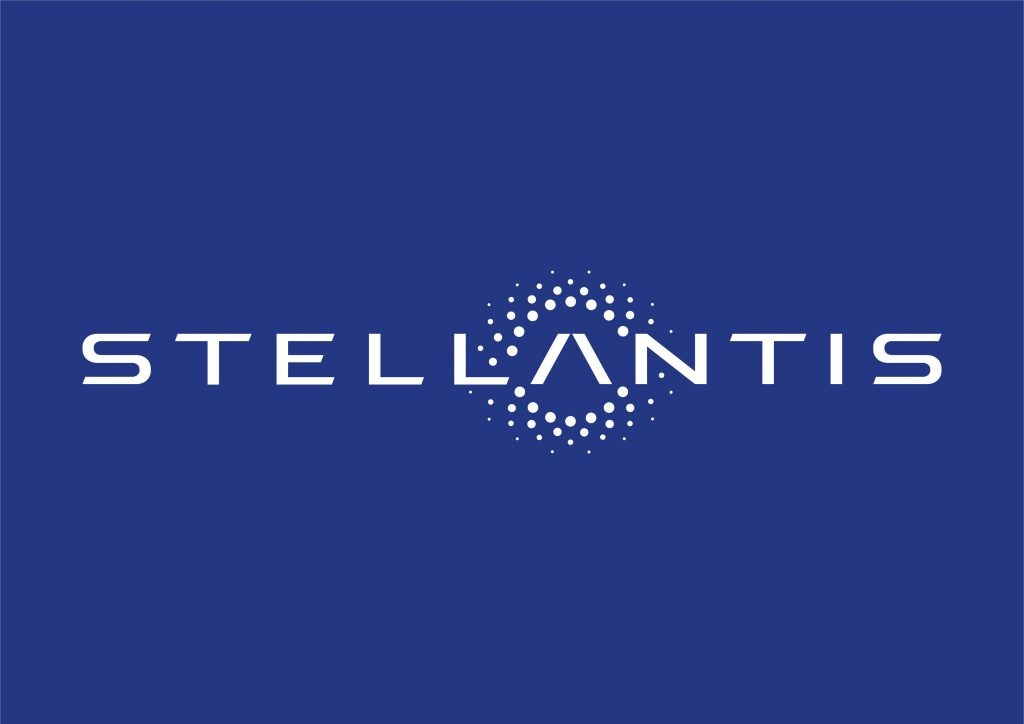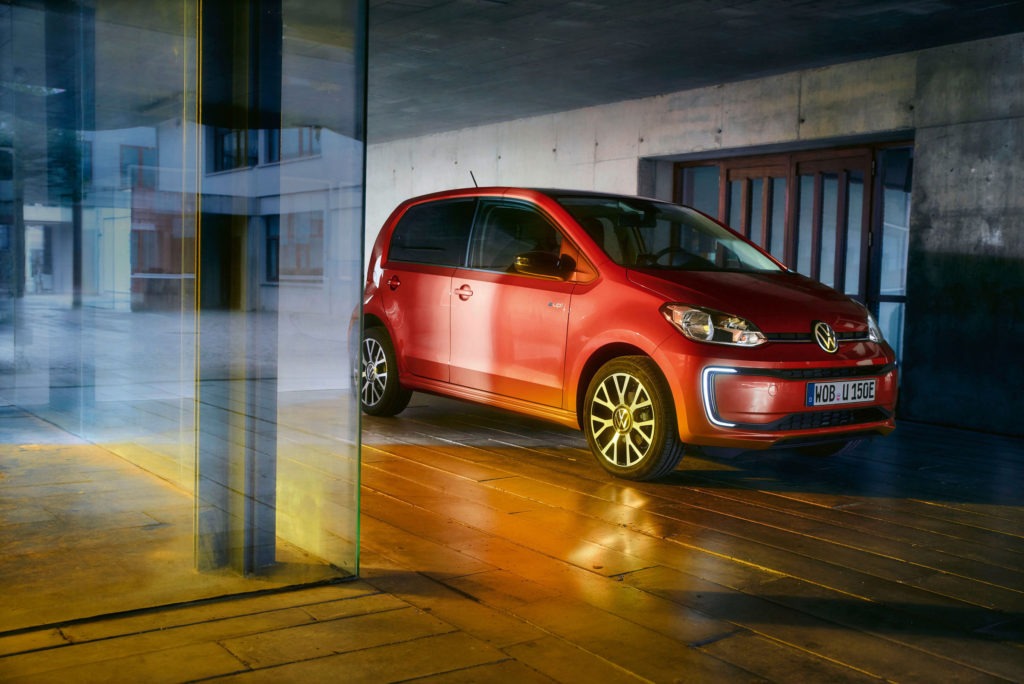Kia to accelerate electric-vehicle and connected-technology plans
07 March 2022

Kia has unveiled its key targets as it looks to transform into a ‘sustainable mobility solutions provider’, with a focus on electric vehicles (EVs), connected cars, and autonomous technology.
The manufacturer’s new roadmap builds on its Plan S strategy, which was first announced in 2020. It reveals further details on how Kia will transform from a standard carmaker into a sustainable mobility business, offering drivers eco-friendly options for their transportation needs.
The new corporate vision is supported by three pillars – ‘people, planet and profit’. Under these headings, the Korean carmaker plans to enhance customer value, nurture talent within its workforce, reduce carbon emissions and generate increased profit for the business.
Increasing electric vehicle line-up
Kia is targeting four million vehicle sales globally by 2030, with 1.2 million of these coming from battery-electric vehicles (BEVs). The carmaker is looking to establish a line-up of 14 battery-electric vehicles (BEVs) by 2027, an increase on original plans for 11 available models by 2026.
The first of these vehicles, the Kia EV6, recently won the title of ‘European Car of the Year’, with a jury of 62 automotive journalists choosing the model over six competitors, including sister model the Hyundai Ioniq 5. The EV6 is built on the Electric Global Modular Platform (E-GMP) shared with Hyundai, and this architecture will underpin at least another six vehicles.
Kia will now add two BEVs per year to its range from 2023, with the three extra planned options including an entry-level car, a dedicated pickup truck, and a strategic pickup model for emerging markets.
A flagship BEV, the Kia EV9, will be launched in 2023. The large SUV will provide the Korean manufacturer with two firsts, incorporating over-the-air (OTA) updates and feature-on-demand (FoD) functionality. In addition, it will be the first model to be equipped with Kia’s advanced AutoMode autonomous-driving technology.
Evolving production for electrification targets
Kia aims to expand sales of its BEVs, starting with 160,000 globally by the end of 2022. This will rise to 807,000 units in 2026, and 1.2 million in 2030, a 36% increase from the target announced during last year’s CEO investor day.
The carmaker estimates that 80% of BEV sales will come from the South Korean, US, European and Chinese markets by 2030, and these vehicles will make up 45% of overall sales.

In order to accommodate this expanding volume of BEVs, Kia suggests the roles of individual production sites will evolve. Korea will serve as a global hub for EV research, development, production, and supply, while other global sites will produce strategic electric models for each market. In Europe, for example, small and medium-sized EVs will be produced starting from 2025. In the US, where electric versions of mid-sized SUVs and pickups will be produced locally from 2024. In China, Kia plans to introduce mid-size EVs from next year, and will manufacture entry and mid-size electric cars in India from 2025.
Kia is planning to establish a battery supply and demand strategy and seeks to upgrade battery technology as demand increases from 13GWh to 119GWh in 2030 due to increased EV sales. The carmaker plans to supply batteries from its Indonesian cell joint venture and will simultaneously establish a stable supply and demand system by outsourcing to global battery companies.
Self-driving technology development
Outside the sphere of electric cars, Kia has highlighted four product areas in which the company can bring together its capabilities and lead the future and the sustainable mobility industry. These include connected-car services, autonomous driving, technology, and performance and design.
From 2025, all new Kia vehicles will be equipped with connected-car features, including OTA and FoD services. This will allow customers to keep their vehicle up to date without visiting dealerships, and to purchase upgrades that can be downloaded, much like a smartphone. This is part of Kia’s efforts to find new business opportunities based on software and connected-car services. The OEM expects connectivity services to play an important role across various mobility areas such as car-sharing, car-hailing, and delivery services.
Autonomous-driving technologies offered by Kia will now be branded ‘AutoMode’, and expanded throughout the company’s range, beginning with the EV9 in 2023. This technology supports performance optimisation through wireless updates and will be improved as the technology develops. It will also include the ‘Highway Driving Pilot’ feature, which would enable driving without driver intervention on highway sections.
By 2026, all new Kia vehicles launched in major markets will be available with AutoMode autonomous-driving technology, with an adoption rate expected to surpass 80%. In the future, the company plans to upgrade the feature and implement fully-autonomous driving technology.
Financial targets based on EV growth
During the presentation of its new sustainable mobility strategy, Kia also announced its mid to long-term financial goals. By 2026, the company aims to reach a total of KRW 120 trillion (€89.6 billion) in gross revenue, with KRW 10 trillion in operating profit and a margin of 8.3%.
The OEM plans to garner 39% of its operating profits from BEVs in 2026 with the reduction of fixed costs through volume expansion and cost reduction from technology development. In addition, Kia expects that by 2026, the contribution to operating profit from all eco-friendly models will reach 52%, exceeding that of internal-combustion engine (ICE) vehicles.
To achieve these goals, Kia will improve its profitability by the expansion of eco-friendly vehicles in its range, together with additional sales through the commercialisation of new businesses and technology, such as FoD.



